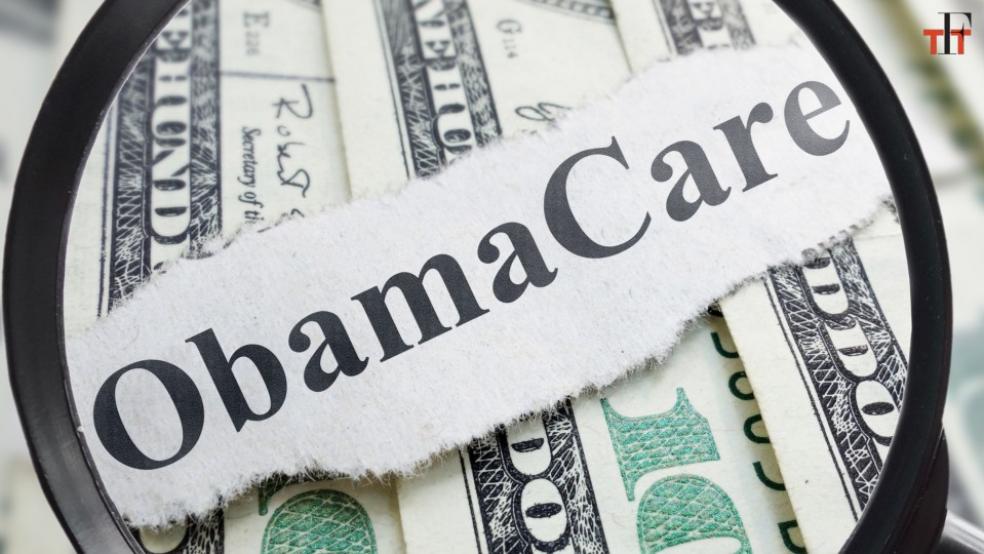Seemingly bereft of other options that might be able to command majority support in the Senate, Republican leaders are focused on passing something -- anything -- that could plausibly be described as the repeal of the Affordable Care Act and are coalescing around a so-called “skinny repeal” measure. But, as with some of the other proposals that have been brought to the floor over the past several days, the plan to eliminate just a fraction of the ACA faces some potentially fatal problems.
The measure currently exists mainly in the form of descriptions given to the media by senators, including Kentucky Republican Rand Paul. That’s because Senate Majority Leader Mitch McConnell has not released an actual bill that senators can read and try to understand.
Related: What a Waste—Senate Health Care Debate Squanders Time and Millions for Nothing
So far, the best available information about the bill indicates that it would repeal two of the least popular elements of the Affordable Care Act -- the individual mandate and the employer mandate -- and would also eliminate a tax on medical devices, which health care industry lobbyists have spent the past seven years complaining about.
It’s possible that other measures may be attached. Paul suggested an amendment defunding Planned Parenthood, for example, which would almost certainly be eliminated under the Senate's complicated reconciliation rules. Other possibilities are the elimination of the ACA’s Prevention and Public Health Fund, and the ACA’s support for community health centers.
The only sure thing, though, seems to be the elimination of the mandates and the medical device tax, and on Wednesday Senate Democrats released information obtained from the Congressional Budget Office that tried to quantify the effect of those moves.
The CBO data found that in the first year after implementation, the skinny repeal measure would result in 15 million fewer Americans with health insurance than the current law in the first year, and 16 million fewer within a decade. Federal outlays in the forms of premium subsidy payments would decline by an estimated $62 billion. The estimated loss of coverage for 15 million people, with no plan to fix it, could by itself doom the skinny repeal proposal.
Related: McConnell Tries Business as Usual Amid a Trump Team Disaster
Senate reconciliation rules require whatever bill the Senate passes to at least match the amount of deficit reduction achieved by the House bill over ten years. The skinny repeal measure appears to do that -- the figure is $142 billion in the tables released by CBO on Wednesday -- but because the legislative language isn’t available, the final estimate is unknowable.Considering that some of the elements of the skinny repeal currently being floated by supporters might not survive contact with the Senate’s arcane reconciliation rules, a $23 million margin for error isn’t actually very much protection.
In defense of the skinny repeal proposal, Republicans are insisting that it is never actually expected to become law. While it may seem odd for lawmakers to be pushing a bill that they never want to see enacted, there is at least a rationale for it.
Nothing will become law until the House and Senate agree on common language, and right now the two bodies are miles apart. The House-passed American Health Care Act was never really considered a viable option for Senate Republicans, who took up the bill only to immediately replace all of its contests through amendments.
However, if the Senate can at least pass something, it creates another opportunity for action because doing so would send the House- and Senate-passed measures to a conference committee meant to hammer out the differences between the two and to produce a version that can be passed by both sides.
Related: A Senate ACA Repeal Vote Isn’t the End of the Fight. It’s Just Round Three
The prevailing idea in the Senate right now appears to be that the last, best shot at repealing the ACA is to allow a smaller group of lawmakers from each house to convene in conference and essentially start from scratch, trying to develop a bill that Republicans on both sides of Capitol Hill can support.
Given the wide gulf between the measures that have earned the support of a more conservative House Republican conference and those popular in the less doctrinaire Senate, the odds of a successful outcome seem slim at best.





